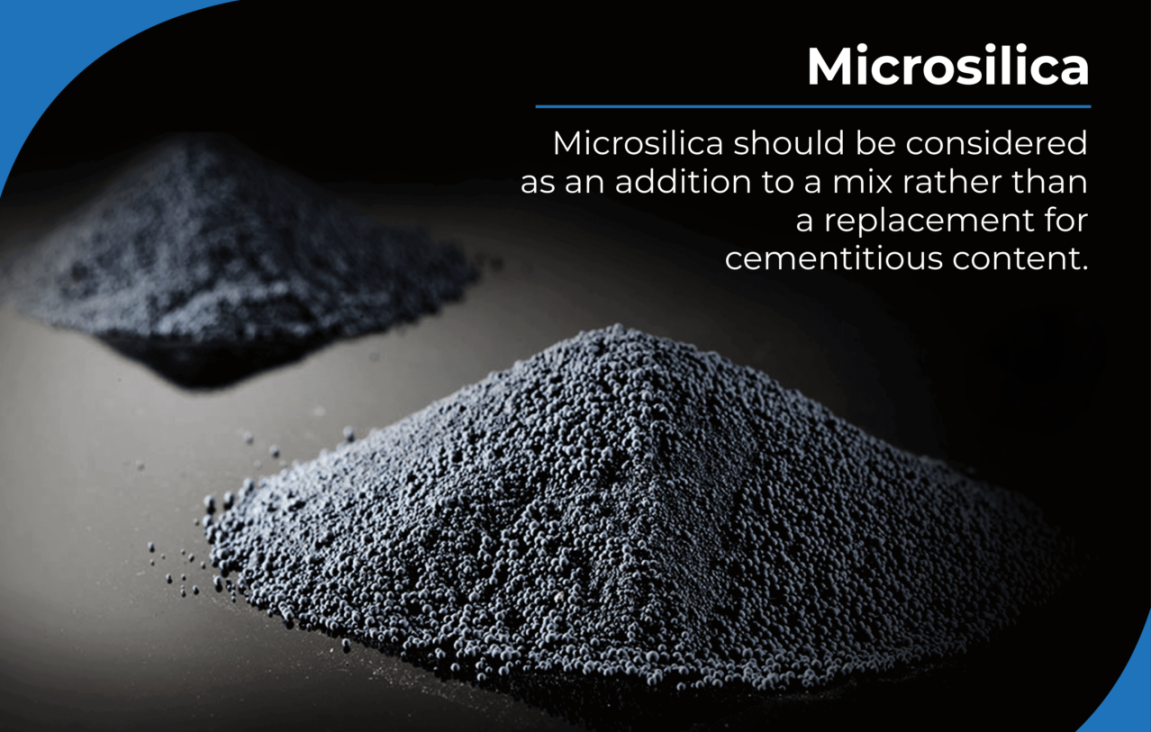
Microsilica, also known as silica fume or condensed silica fume, is a highly reactive pozzolanic material that is widely used in the construction industry. It is a byproduct of the production of silicon metal and ferrosilicon alloys. When properly stored, microsilica can be used effectively in concrete and cementitious applications. However, like any other material, it has a limited shelf life. In this article, we will explore the factors that affect the shelf life of microsilica and provide recommendations for its storage and usage.
Factors Affecting Shelf Life:
Moisture: Microsilica is hygroscopic, meaning it has a tendency to absorb moisture from the surrounding environment. Excessive exposure to moisture can lead to the formation of agglomerates, affecting its flowability and reactivity. Therefore, it is crucial to store microsilica in a dry environment and protect it from direct contact with water.
Temperature: High temperatures can cause microsilica to undergo chemical reactions, leading to reduced reactivity. It is advisable to store microsilica in a cool environment to prevent heat-induced degradation.
Contamination: Microsilica is susceptible to contamination from foreign materials such as dirt, dust, and organic substances. Contaminants can alter its properties and negatively impact its performance. It is important to store microsilica in sealed containers or bags to prevent contamination.
Packaging: The packaging of microsilica plays a significant role in its shelf life. It is recommended to use appropriate packaging materials, such as moisture-resistant bags or containers, to ensure the integrity of the product during storage and transportation.
Shelf Life Recommendations:
Storage Conditions: Microsilica should be stored in a dry and well-ventilated area, away from moisture sources. The storage temperature should be controlled, preferably below 40°C (104°F), to avoid thermal degradation. It is advisable to store microsilica indoors to protect it from exposure to extreme weather conditions.
Handling: During handling and transportation, microsilica containers should be protected from physical damage and excessive vibration. Care should be taken to prevent the entry of moisture into the packaging.
First-In-First-Out (FIFO) Approach: To ensure the use of fresh microsilica, a FIFO approach should be followed. This means using the oldest stock of microsilica first and rotating the inventory accordingly.
Regular Inspection: Regular visual inspections should be conducted to check for any signs of moisture ingress, contamination, or packaging damage. If any issues are detected, appropriate corrective measures should be taken.
Conclusion:
Microsilica has a limited shelf life, and its effectiveness in concrete and cementitious applications depends on proper storage and handling. Factors such as moisture, temperature, contamination, and packaging significantly influence its shelf life. By following the recommended storage conditions and handling practices, the shelf life of microsilica can be maximized, ensuring its optimal performance when used in construction projects. Regular inspections and adherence to the FIFO approach are essential to maintain the quality of microsilica throughout its shelf life.